Protecting Beautiful and Iconic Roadways
Scenic byways are part of the American experience. They take us to and through the places we’ve always dreamed of traveling, guiding us through our history and heritage and connecting us to national parks, scenic shorelines, majestic mountains, and more.
But beyond these benefits, scenic byways also deliver an important economic impact to the communities they traverse. And with more than 1,200 designated roadways in all 50 states, they impact all of us.
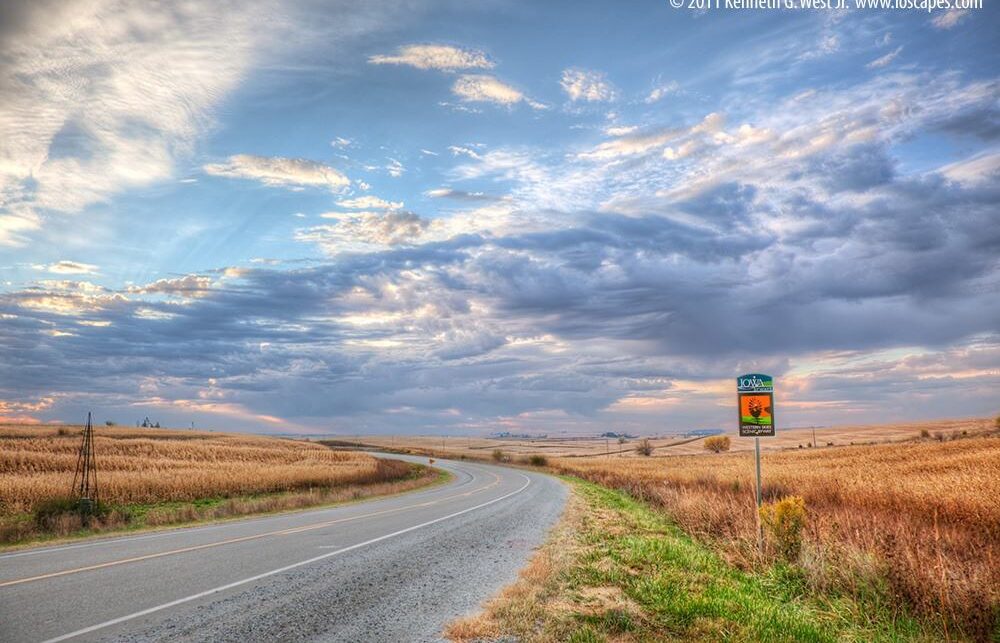
About the Program
The National Scenic Byways Program is a voluntary, community-based program administered through the Federal Highway Administration (FHWA) to recognize, protect, and promote America’s most outstanding roads. The program is not focused solely on the promotion of roads; it helps communities balance economic development and resource conservation.
Today there are 184 national scenic byways in 48 states. Of these, 37 designated scenic byways are All-American Roads, the highest distinction a roadway can claim.
To apply for a national scenic byway designation, a road must first be distinguished as a state, tribal, or federal agency scenic byway then must apply for the national program through their state department of transportation. There are state scenic byways programs in every state.
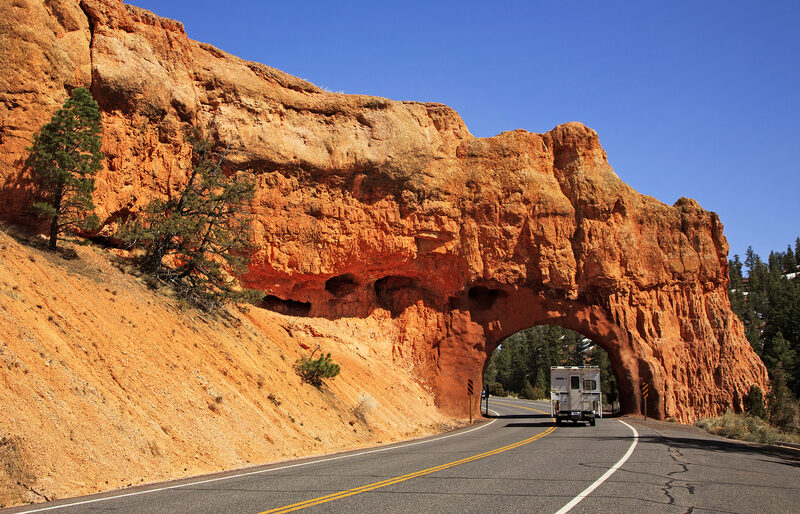
History of the Program
The National Scenic Byways Program (NSBP) was established by Congress in 1991 under the Intermodal Surface Transportation Efficiency Act (ISTEA) to recognize and protect historic, archaeological, recreational, natural, scenic, and culturally important roads, and to promote tourism and economic development. Congress strengthened the program further with the passage of the Transportation Equity Act for the 21st Century (TEA-21) in 1998 and subsequently with the passage of the Safe, Accountable, Flexible, and Efficient Transportation Equity Act – A Legacy for Users (SAFETEA-LU), in 2005.
The first designations were announced in September 1996:
- Selma to Montgomery March Byway in Alabama
- Big Sur Coast Highway in California
- Grand Mesa Scenic and Historic Byway and the San Juan Skyway in Colorado
- Connecticut State Route 169 and the Merritt Parkway in Connecticut
- Creole Nature Trail in Louisiana
- Edge of the Wilderness Byway in Minnesota
- Lake Tahoe – Eastshore Drive and the Pyramid Lake Scenic Byway in Nevada
- Kancamagus Scenic Byway in New Hampshire
- Great Lakes Seaway Trail in New York
- Blue Ridge Parkway in North Carolina
- Peter Norbeck Scenic Byway in South Dakota
- Cherohala Skyway in Tennessee
- Highland Scenic Highway in West Virginia
- Natchez Trace Parkway in Alabama, Mississippi, and Tennessee
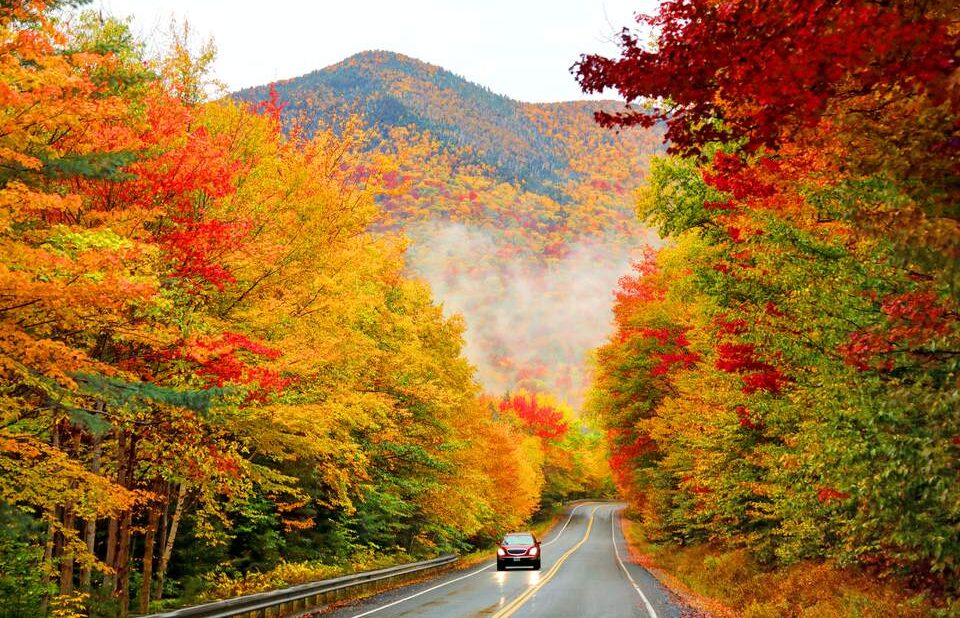
Designations continued for the next 13 years until October 2009, when the program started to wane. Funding was cut in 2012.
Scenic America led an advocacy effort to revitalize the program, which culminated in the passage of the Reviving America’s Scenic Byways Act of 2019 and has since secured $42 million in funding for the program through the FY 21, 22, and 23 appropriations acts. New designations were announced in February 2021 for the first time since 2009. Scenic America continues to advocate for the program’s long-term funding and a regular designation process.
Applying for the Program
Applications are administered by the FHWA. The agency’s May 18, 1995 interim policy (PDF, Text) provides the criteria and sets forth the procedures for designation. As of September 2022, no new application window for future designations has been announced.
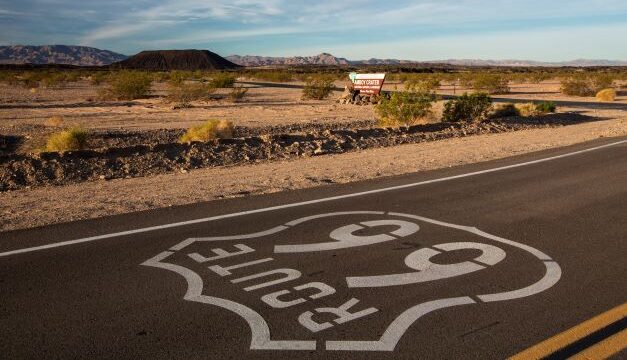
Criteria for Designation
National scenic byways designations recognize those roads across the country that exhibit one or more of six core intrinsic qualities: scenic, natural, historic, recreational, archaeological, or cultural.
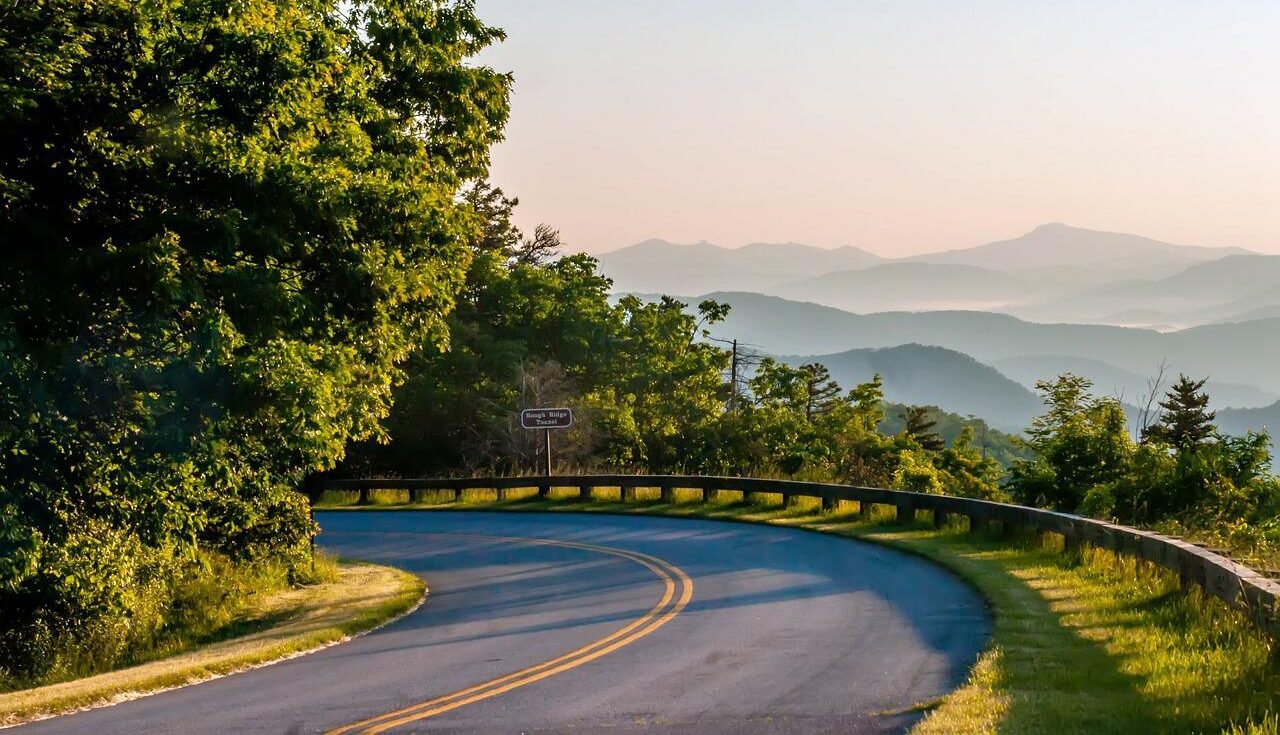
All-American Roads
All-American Roads, considered the very best of the national scenic byways, must possess characteristics of national significance in at least two of these intrinsic qualities. The road must be considered a destination and a reason for travel unto itself.
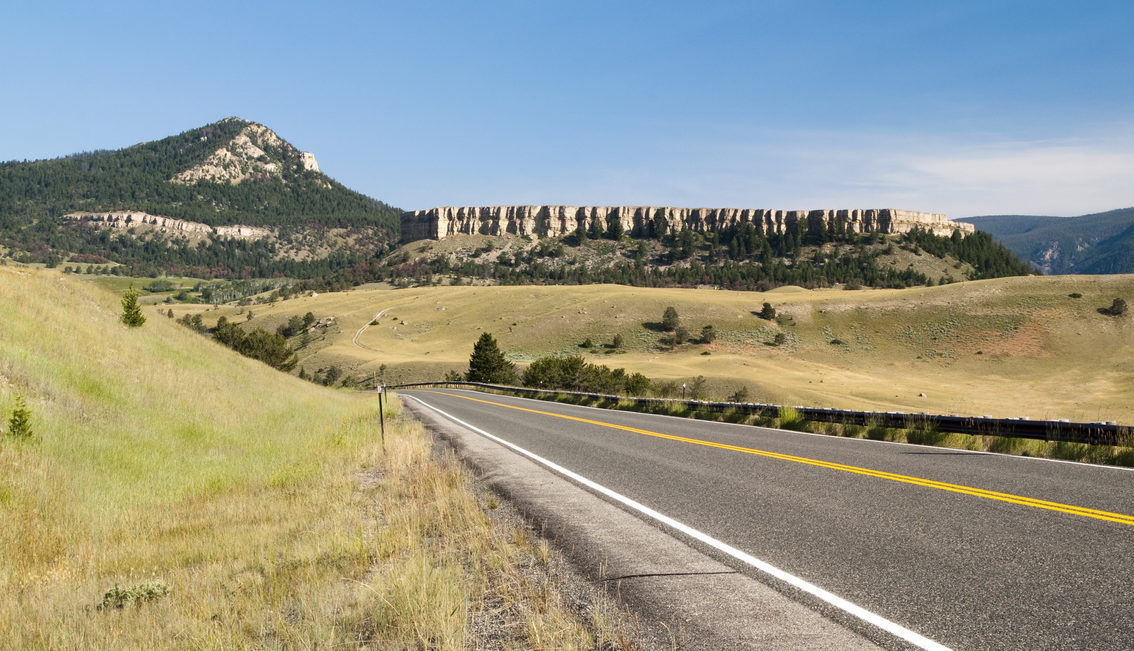
Other Requirements
In addition, the byway must demonstrate strong community support and develop a corridor management plan that describes in detail the preservation, marketing, and improvement strategies for the byway.

Tribal Byways
In addition to state scenic byways, national scenic byways, and federal agency byways, the National Scenic Byways Program provides grant funding opportunities for Tribal Byways. Representatives from tribal communities can apply for scenic byway status for their notable roadways to tap into such resources to spur economic development, job creation, and other benefits.
Latest Byways News
-
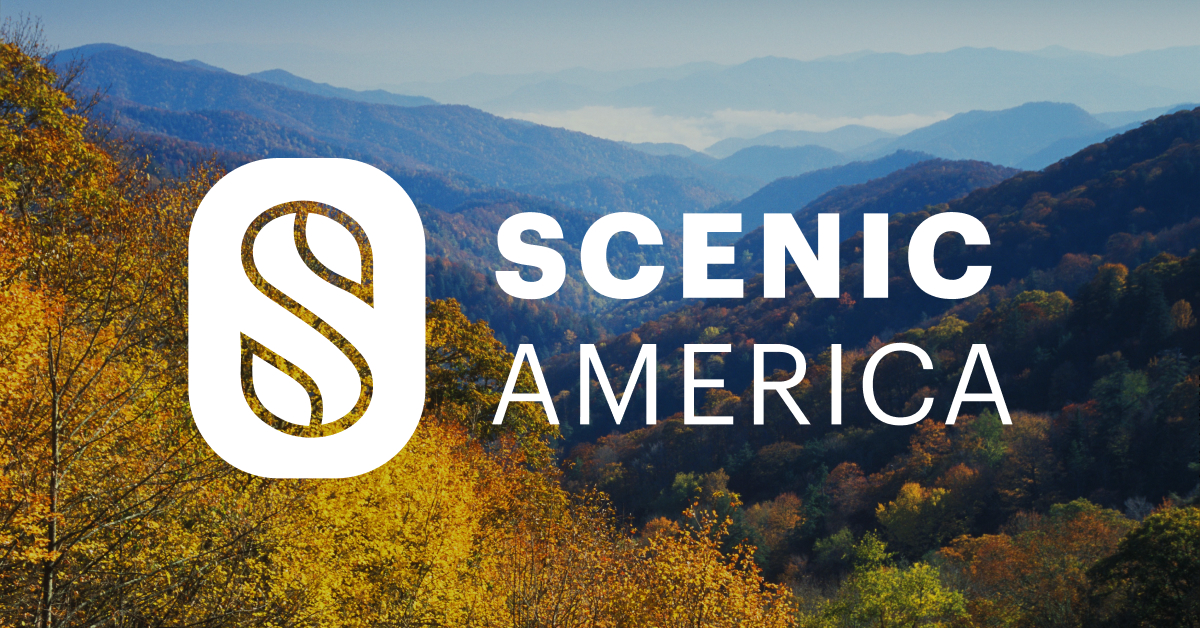 Representatives Pappas and Bresnahan Rally Support for $65 Million in…Scenic America applauds a new bipartisan letter in the U.S. House of Representatives calling for…
Representatives Pappas and Bresnahan Rally Support for $65 Million in…Scenic America applauds a new bipartisan letter in the U.S. House of Representatives calling for… -
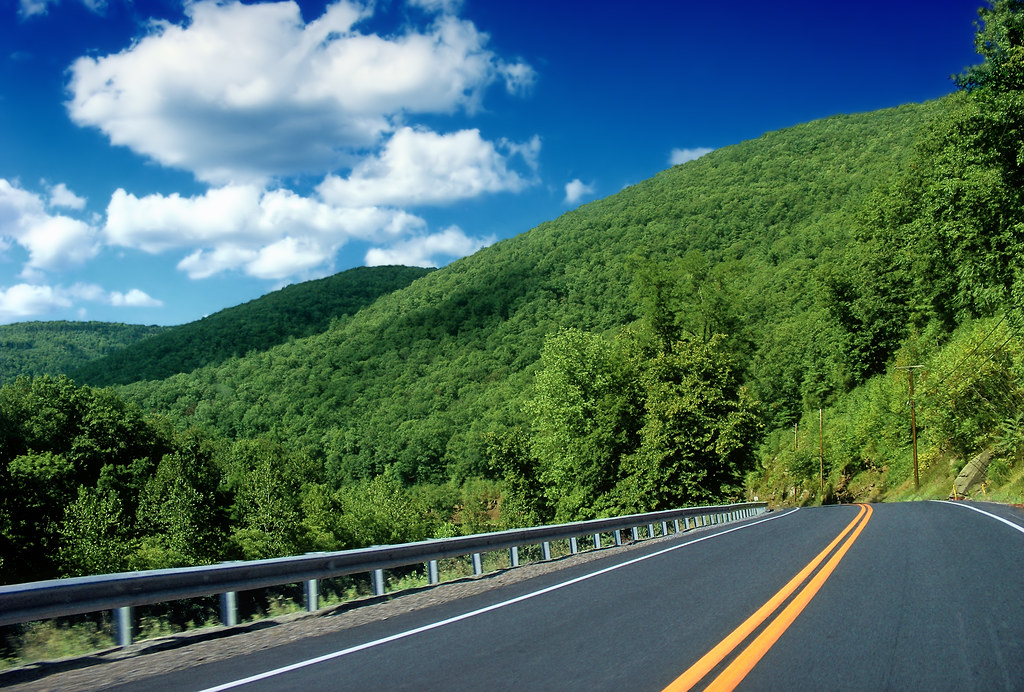 Stop the Madness: Pennsylvania Route 6 Triumphs in Byways Madness…After weeks of voting and thousands of ballots cast, Pennsylvania Route 6 has emerged as…
Stop the Madness: Pennsylvania Route 6 Triumphs in Byways Madness…After weeks of voting and thousands of ballots cast, Pennsylvania Route 6 has emerged as… -
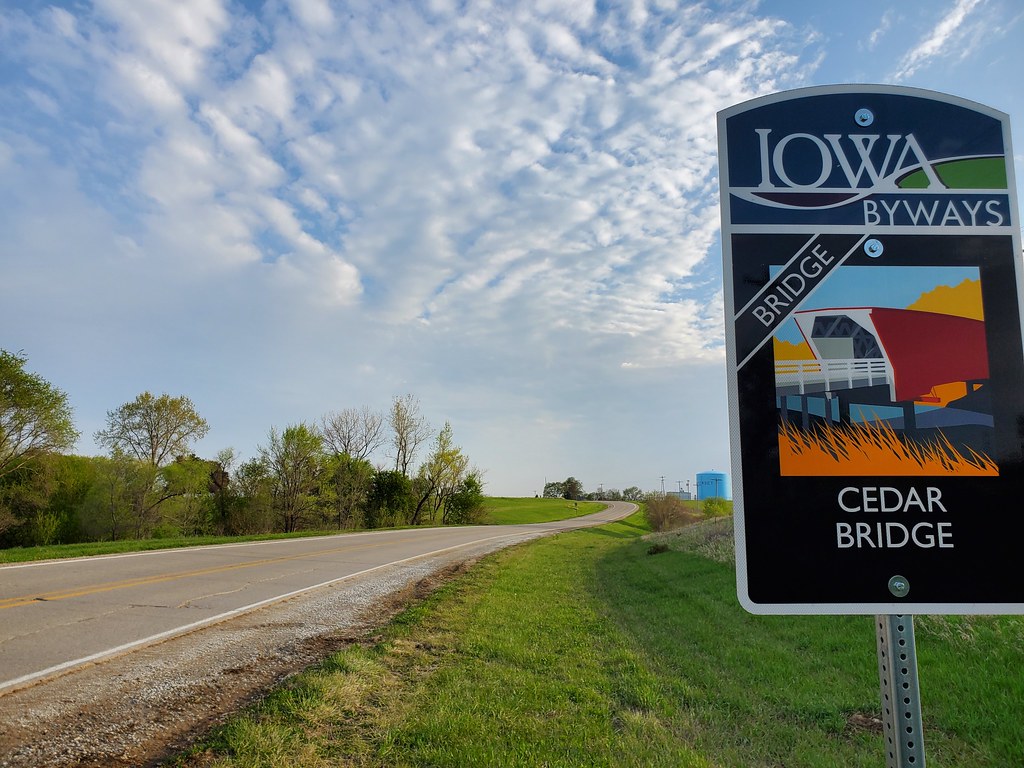 New Bill Establishes Iowa’s Scenic Byways Enhancement FundIowa’s Committee of Transportation recently introduced House Bill 581, which establishes the Scenic Byways Enhancement…
New Bill Establishes Iowa’s Scenic Byways Enhancement FundIowa’s Committee of Transportation recently introduced House Bill 581, which establishes the Scenic Byways Enhancement… -
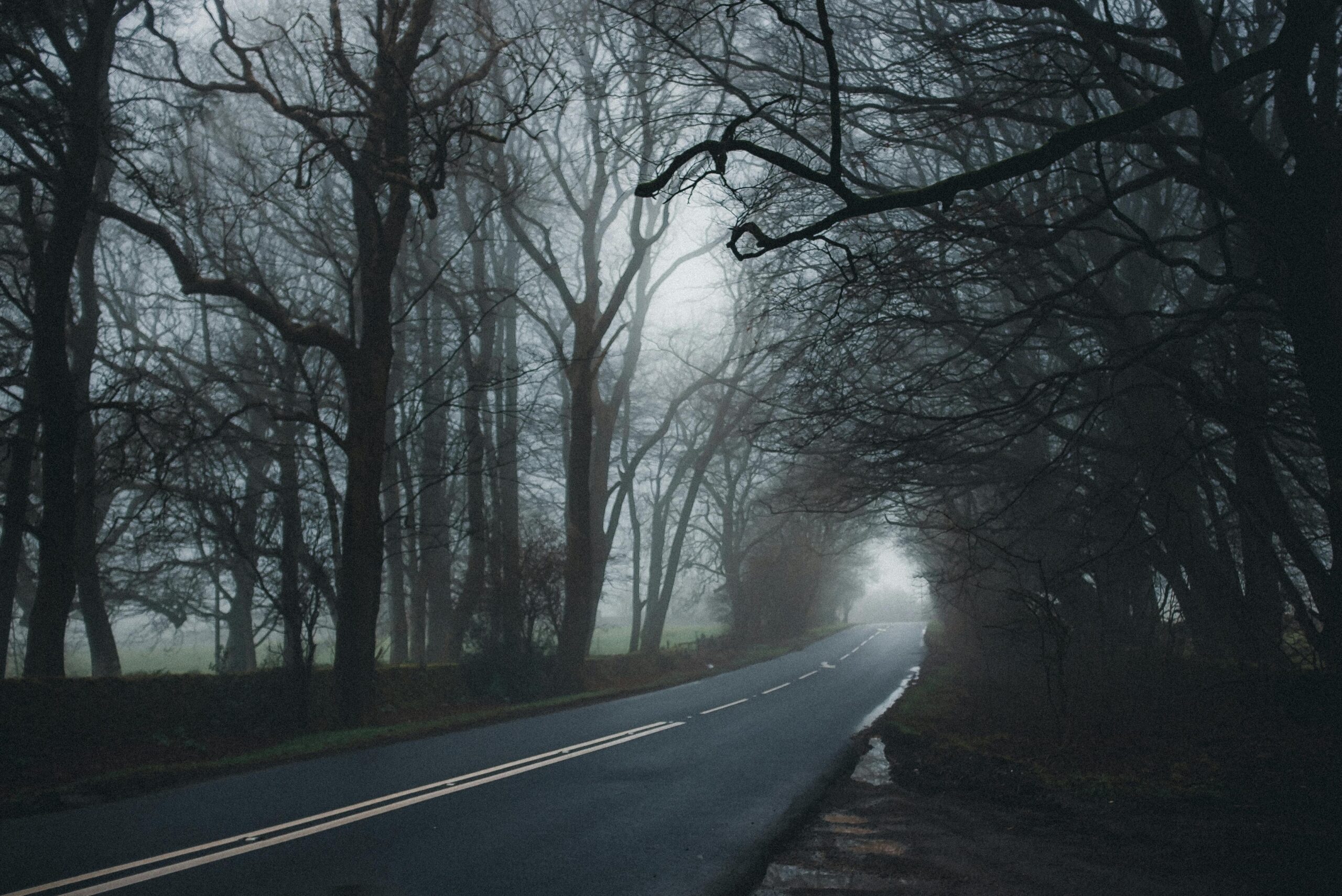 Haunted Highways: America’s Scenic Byways with a Paranormal TwistIf you’re looking for an adventure that combines the beauty of America’s landscapes with the…
Haunted Highways: America’s Scenic Byways with a Paranormal TwistIf you’re looking for an adventure that combines the beauty of America’s landscapes with the…